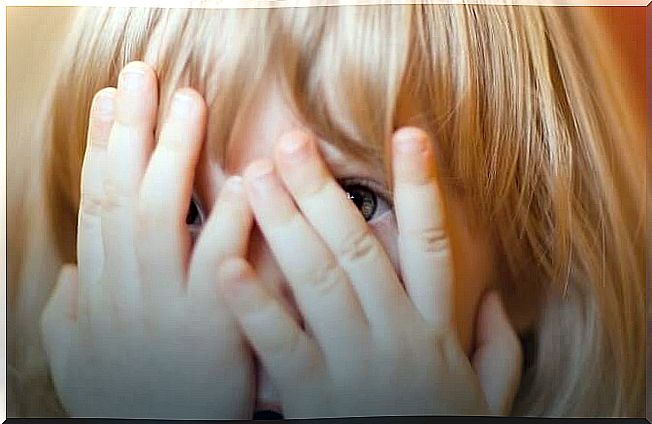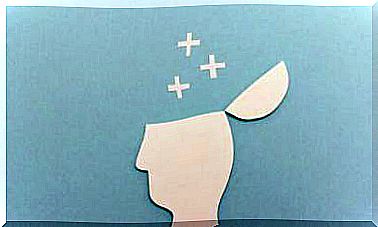Facial Malformation And Its Unexpected Effects

Facial malformation or scars on the face can have a strong psychological impact. Let us remember that, although the face is not identity as such, it does constitute its main symbol. Therefore, the shaping of the face has an effect on both the shaping of individual identity and social identity.
We recognize other people not by their hands, their legs, or the outline of their figure. We know someone is someone by looking at their face. In Western societies, severe facial malformation, scars, or furrows are often interpreted as defects and cause rejection.
Depending on the context , the effect of facial malformations and marks on the face can range from moderate to severe. Sometimes its incidence is less, but in others its influence on the emotional state of the person is very great, especially when these traces are there from an early age or in environments where physical appearance is highly valued.
Facial malformation and interaction
People with visible physical differences often establish a particular interaction with the world. A study found that many people react by distancing themselves or looking away when they are in front of someone with a facial malformation or marks on their face. A small gesture that, however, has a great impact. It is a form of subtle rejection that someone with those prints on their face has to face over and over again.
The other aspect is that those who have those marks on their faces receive unwanted attention in public spaces. Someone with a common face does not constantly have that attention from strangers that he meets on the street. On the other hand, when there is facial malformation or marks on the face, many strangers fix their attention on them. Sometimes they even comment on it.
In this way, those who have this type of problem must constantly endure an intrusion of others in their internal forum, in their privacy. Basically it is as if they do not have the right to go around, being one more anonymous. All the time they are the object of looks that question them, that point to them.

The brand and the destination
What one looks at when talking to another person is their face. Consciously or unconsciously, that face refers to certain meanings and symbolisms. It is known, for example, that in Ecuador a family rejected their own daughter because she was born with a large purple spot on her face. They assumed it as a sign of misfortune, associated with certain superstition beliefs. This caused them to abandon her.
Many people make such arbitrary associations. A marked face is frequently related to an underlying symbolic reality. It is “the ugly”, or “the bad”, or “the sinister”. Hence, a study carried out in Europe in 2008 found that up to 56% of people with marks on their faces had signs of depression.
Surprisingly, another study conducted in the United Kingdom revealed that adolescents with a cleft palate or cranioencephalic conditions at birth showed a higher degree of self-acceptance than others with a common face. The study did not state the reasons why this occurred.

The path of self-acceptance
A person with facial malformation, acne or trauma scars or other marks on the face does not have an easy time in life. These conditions usually lead to isolation, feelings of self-shame, and limitation of activities. In the 2008 research, it was observed that half of the sample had self-esteem problems, 21% experienced anxiety and 26% felt anger and frustration with life.
As in so many other difficult realities in life, facial malformation and marks on the face can also be addressed, elaborated on and overcome. The work has to be oriented towards self-acceptance, even against the acceptance of others. It is not a process that is without pain and ups and downs, but it can be done.

A person with visible differences in their face, if they need it, should have psychological help to work on their self-acceptance and self-esteem. With adequate support, you will be able to put the brand where it belongs: an accident, a chance. In this sense, studies tell us that those who face great challenges and overcome them have, in general, greater wisdom and better resources to build a life worthy of example.









